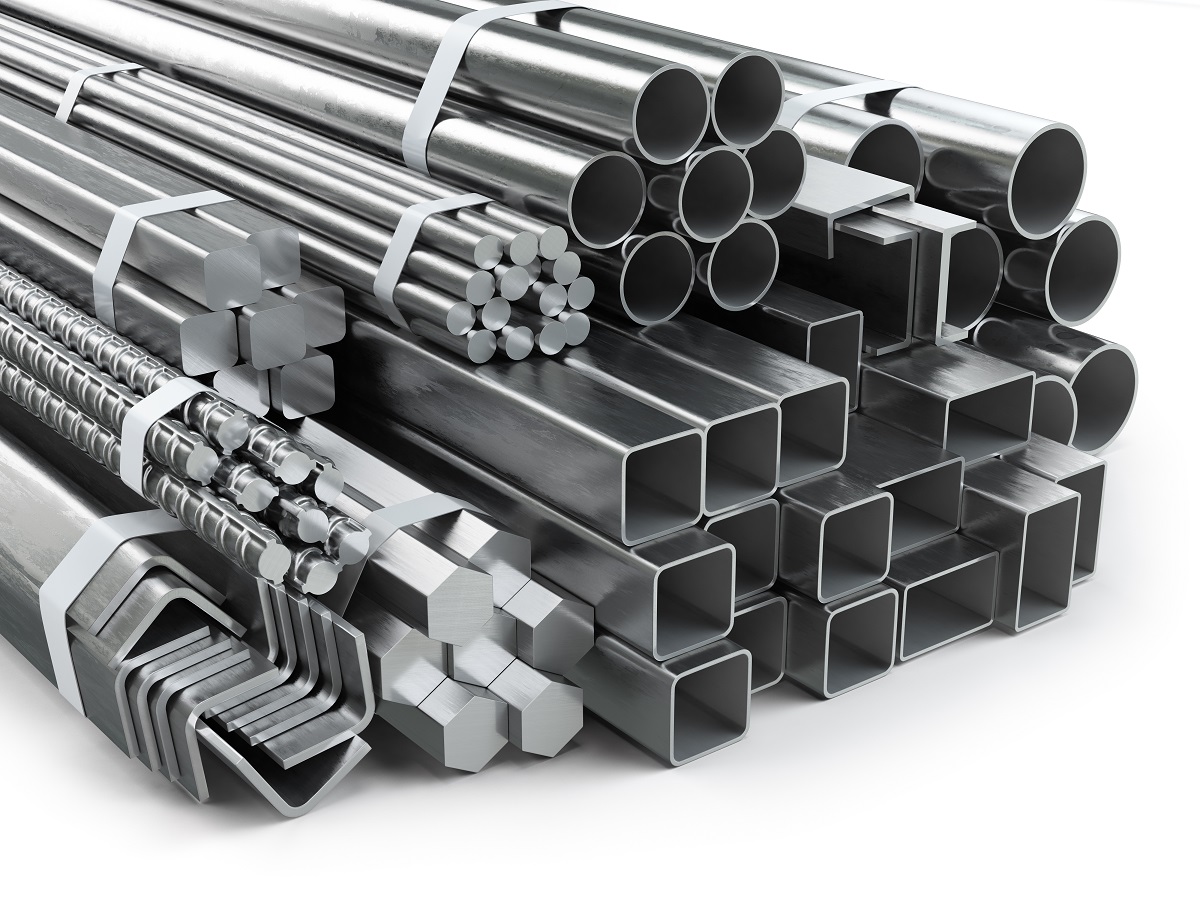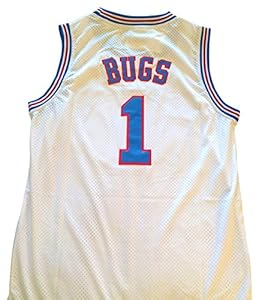Installing a 2 to 1.5 PVC reducer is a common task for both professional plumbers and DIY enthusiasts. This simple yet effective plumbing component allows for the transition from a larger diameter pipe to a smaller one, ensuring smooth water flow and reducing the risk of clogs. In this guide, we will walk you through the process of installing a PVC reducer, highlighting essential tools, materials, and tips to ensure a successful installation.
Understanding the PVC Reducer
A PVC reducer is a fitting used in plumbing systems to connect pipes of different diameters. Specifically, a 2 to 1.5 PVC reducer connects a 2-inch pipe to a 1.5-inch pipe. This fitting is commonly used in drainage systems, irrigation, and other plumbing applications. Here are a few reasons why you might need to use a PVC reducer:
- Flow Rate Management: Reducing pipe size can help manage flow rates in a system.
- Space Constraints: Smaller pipes may fit better in tight spaces.
- Cost-Effective: Using smaller pipes can sometimes reduce material costs.
Tools and Materials Required
Before you begin the installation process, gather all necessary tools and materials to ensure a smooth workflow. Here’s what you will need:
- Tools:
- Pipe Cutter or Hacksaw
- Measuring Tape
- Deburring Tool
- Screwdriver
- Gloves
- Safety Glasses
- Materials:
- 2 to 1.5 PVC Reducer
- PVC Primer
- PVC Cement
- PVC Pipes (2-inch and 1.5-inch)
Step-by-Step Installation Process
Now that you have all your tools and materials ready, follow these steps to install your 2 to 1.5 PVC reducer:
Step 1: Measure and Cut the Pipe
The first step in the installation process is to measure the lengths of the PVC pipes you will be connecting. Here’s how to do it:
- Use a measuring tape to determine the length of the pipe needed for each section.
- Mark your measurements clearly on the pipe.
- Using a pipe cutter or hacksaw, carefully cut the PVC pipe at the marked locations.
- Ensure that the cuts are straight and clean to avoid any installation issues.
Step 2: Deburr the Cut Ends

After cutting the pipes, it’s crucial to deburr the cut edges to ensure a smooth fit:
- Use a deburring tool to remove any rough edges or burrs from the cut ends.
- This step helps prevent leaks and ensures a snug fit when connecting the reducer.
Step 3: Dry Fit the Reducer
Before applying any adhesives, dry fit the reducer to check the alignment:
- Insert the larger end of the reducer into the 2-inch pipe.
- Insert the smaller end into the 1.5-inch pipe.
- Make sure all pipes align correctly, and the reducer fits snugly.
Step 4: Apply PVC Primer

Once you’re satisfied with the dry fit, it’s time to prepare the pipes for bonding:
- Using a clean brush, apply PVC primer to the outside of the pipes and the inside of the reducer.
- This step cleans the surfaces and softens the PVC for a stronger bond.
Step 5: Apply PVC Cement
After priming the surfaces, you can proceed to apply the PVC cement:
- While the primer is still wet, apply a generous amount of PVC cement to the same areas.
- Quickly insert the reducer into the larger pipe, giving it a slight twist to ensure an even bond.
- Repeat the process for the smaller pipe, ensuring a tight fit.
Step 6: Hold in Place

After joining the pipes, hold them in place for about 30 seconds to ensure a good bond:
- This step allows the cement to start curing and helps prevent any movement that might weaken the joint.
Step 7: Clean Up

Once the reducer is installed, clean up any excess cement around the joints:
- Use a cloth or paper towel to wipe away any excess cement.
- Ensure that the area is free from debris before moving on to the next step.
Step 8: Allow to Cure

After installation, it’s important to allow the PVC cement to cure:
- Check the manufacturer’s instructions for curing times, as they can vary.
- Typically, you should wait at least 30 minutes before using the system.
Common Mistakes to Avoid

While installing a PVC reducer is relatively straightforward, there are common mistakes that can lead to problems down the line. Here are a few to watch out for:
- Skipping the Primer: Always use PVC primer before applying cement to ensure a strong bond.
- Improper Measurements: Double-check your measurements to avoid cutting pipes too short.
- Insufficient Curing Time: Don’t rush the curing process; it’s vital for a leak-free installation.
Installing a 2 to 1.5 PVC reducer is an achievable task that can significantly enhance your plumbing system. By following this step-by-step guide, you can ensure a successful installation that promotes efficient water flow and reduces the risk of clogs. Remember to gather all necessary tools and materials beforehand, take accurate measurements, and allow adequate curing time for the best results. With patience and attention to detail, you can confidently tackle this plumbing project and enjoy the benefits of a well-installed PVC reducer.




